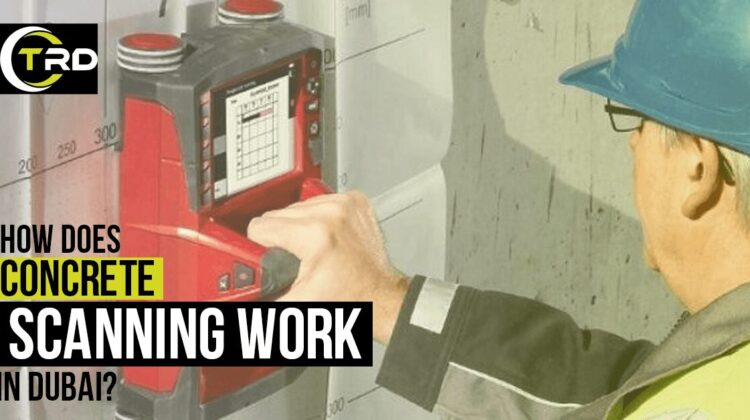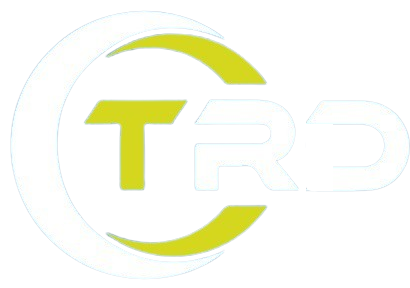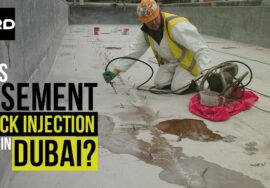
How does Concrete Scanning Work in Dubai?
Concrete Scanning is a non-destructive method that involves the examination of the concrete structure to minimize the damages and risks to the structural integrity. It is one of the revolutionary methods that brings advancement to deal with the complexities in the subsurface structures. The primary purpose is to detect and locate the cracks, reinforcement bars, conduits, or post-tension cables, within the concrete. This scanning work is essential to restore the stability and durability of the structure. It involves the use of modern techniques and types of equipment to enhance the resilience and strength of the structure.
It employs specialized equipment such as GPR(Ground Penetrating Radar) or electromagnetic induction tools. GPR uses radar pulses to image the subsurface, while electromagnetic scanners detect variations in electromagnetic fields caused by different materials.
Another method that is used in the process of concrete scanning Services in Dubai is the use of electromagnetic induction. This method involves sending electromagnetic signals into the concrete, and by measuring the response, it can identify variations in the material composition. This is particularly useful in detecting reinforcing bars, conduits, and other metallic or conductive elements within the concrete.
Another technology that is employed is the X-ray technique. While traditional X-rays use film, modern digital radiography allows for real-time imaging, making it more efficient and convenient for on-site applications. X-ray scanning is particularly effective in identifying the location and configuration of reinforcement, post-tension cables, and other hidden features.
Before initiating the procedure, the concrete surface needs proper preparation. This step involves cleaning the area to make sure the accuracy of measurements. Dust, debris, or surface irregularities can affect the scan results. A clean surface ensures that the scanning equipment can effectively penetrate the concrete and provide precise results.
The concrete scanning device is moved over from the concrete surface following a grid pattern. As it scans a surface, it emits the signals into concrete and those signals bounce back. These signals provide you the information about the composition and condition of the subsurface.
The collected data has been interpreted by skilled professionals to address the issues inside the concrete surface. Different materials, voids, or anomalies in the concrete produce distinctive patterns in the scan results. The skilled technicians with their experience can identify the location, depth, and characteristics of embedded objects.
Information obtained from the scanning is often translated into a detailed map or report. This documentation provides a clear representation of the subsurface conditions and is crucial for construction, renovation, or maintenance planning.
This process is used in various industries including construction, engineering, and infrastructure development. It is invaluable for locating rebar or other embedded elements before drilling, cutting, or coring into the concrete to prevent damage and ensure safety.
This non-destructive method offers numerous benefits. It enhances safety by avoiding accidental damage to embedded elements, reduces project downtime by providing real-time information, and contributes to overall cost savings by preventing costly repairs.
Advancements in scanning technologies continue to improve accuracy and efficiency. Modern scanners may utilize 3D imaging, providing a more comprehensive understanding of the subsurface conditions.
In addition to identifying reinforcing elements, this method is crucial for detecting voids and anomalies within the concrete. Voids can indicate issues such as poor compaction during construction or potential areas of structural weakness. By identifying these anomalies early on, engineers can take corrective measures to ensure the durability and safety of the structure.
Concrete scanning has immense significance in the field of archeology. It enhanced the project efficiency by giving precise information about the subsurface of the concrete structure. It has also covered the placement of the new structures, planning the layout of utility installations, and executing modifications with minimal disruptions.
Another crucial factor of this procedure is cost-effectiveness. Detecting and addressing the shortcomings before laying a completely new foundation can significantly reduce the costly modifications and repairs later. It also prevents delays in the construction timeline.
No doubt that concrete scanning is a cutting-edge technology but it comes with limitations and challenges. One common limitation is the inability to identify certain materials. For instance, GPR may struggle to differentiate between materials with similar electromagnetic properties, making it challenging to precisely identify the composition of the subsurface.
The accuracy related to the scanning method depends on the concrete structure’s thickness and composition. Structures of high density and heavily reinforced can restrict the penetration of the rays into the concrete which consequently decreases the effectiveness. Additionally, environmental factors such as moisture content and the presence of other materials can influence the accuracy of the results.
As technology continues to advance, the future of this scanning method looks promising. Researchers and engineers are exploring ways to enhance the accuracy and efficiency of existing technologies. Artificial intelligence and machine learning algorithms are being integrated into concrete scanning processes to improve the interpretation of data and automate the identification of subsurface features.
Concludingly, concrete scanning has evolved as an indispensable tool offering a non-destructive method to deal with the complexities inside the subsurface of concrete. Its role in risk mitigation, efficiency improvement, and cost-effectiveness has secured its place as a cornerstone in the world of non-destructive testing and subsurface investigation. As technology continues to advance, ongoing research and innovations in concrete scanning will likely refine and expand its capabilities, evolving in a new era of precision and reliability in construction practices.





